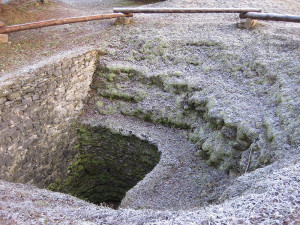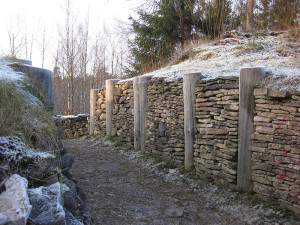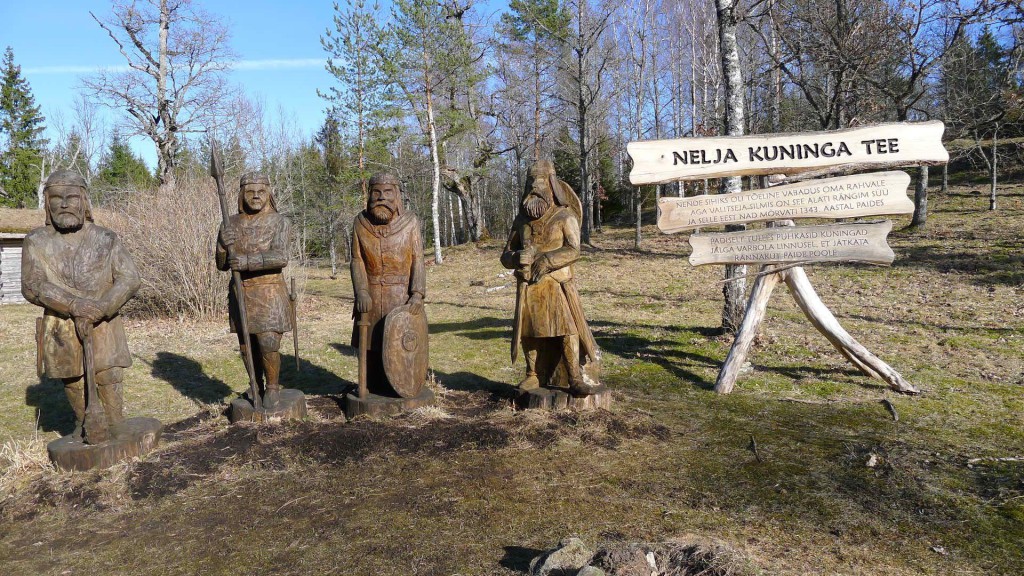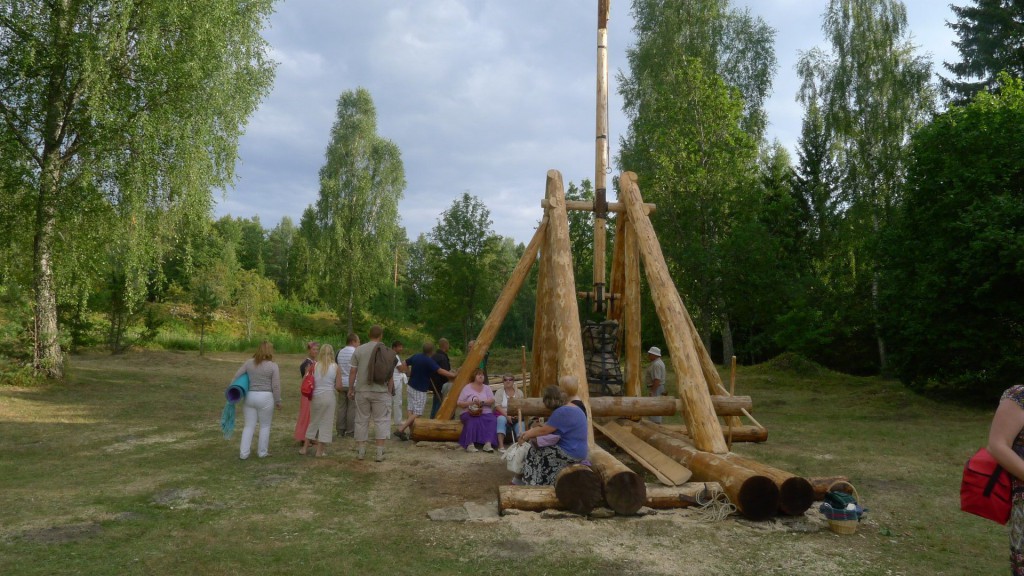The ancient Varbola fortress (located about 50 kilometers south from Tallinn) was the era’s largest fortress in Europe. It was probably constructed in the middle of the 11th century and its first mention dates back to 1212. The reason for its construction is not precisely known, but explanation might be that it was built to protect the riches held within. The fortress was situated in a strategically important place connecting Western Europe and Scandinavia to Russia and Persia. Therefore, the fortress acted as a market allowing Estonians to trade valuable items with their counterparts. The fortress has also been used for defensive purposes.
Parts of the over 500 m long circular limestone hill fort still stand to this day. In addition to the walls, a several-meter-high defensive fortification was built in the area. Inside the walls there were several residential buildings and a 13-meter-deep well.


Photos: Metsähallitus / Aino von Boehm
Is is told that the Varbola fortress was never conquered by any enemy. However, at the beginning of the 13th century the fortress was put under siege for several days by Russian soldiers. A prolonged battle was luckily avoided when the matter was settled for the sum of 700 marks. The Varbola fortress lost its defensive significance at the beginning of the 14th century. In the 15th and 16th centuries, it is was used as a cemetery.
Varbola is not only a tourist attraction, it also hosts an annual Tree Carving Festival where artists produce different kinds of wooden sculptures.






